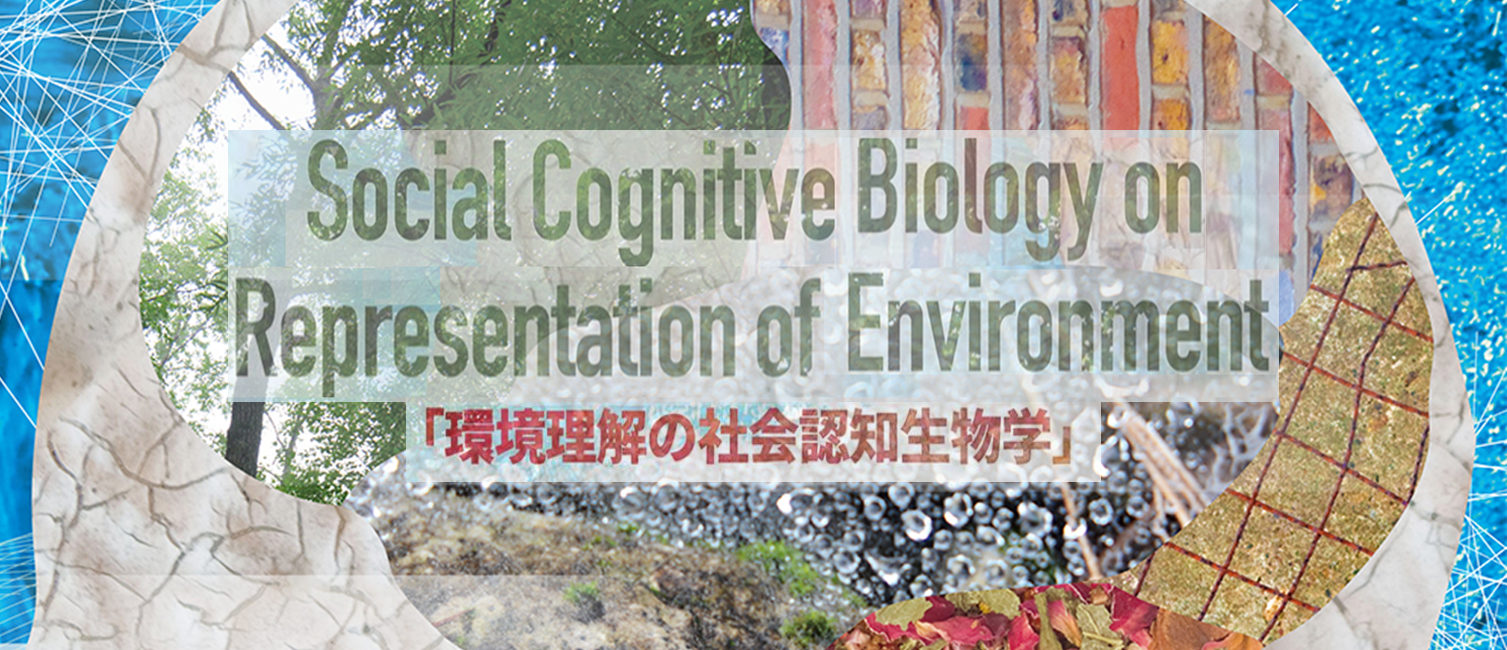Subgroup List
| Theme | Member | Goal |
|---|---|---|
| Visual Memory | PI:Dr.Kuo(NTU) Co-PI:Dr.Saiki(KU) |
The goal of this project will explore the neural mechanisms of location-unbound colour-shape binding representations in visual working memory with MEG. We will conduct behavioural experiments at Kyoto University and collect MEG data at the NTU. |
| Vision | Dr.Chen(NTU) Dr.Ashida(KU) Collaborator:Dr. Akiyoshi Kitaoka (Ritsumeikan Univ.) |
Our goal is to understand the visual system through the functions causing visual illusions. For that, we conduct following three things:to identify the factors that affect the percept and the strength of an illusion, to identify the neural representation and response properties for an illusion and to construct a computational description that associates neural responses and percept for an illusion.At the initial stage, we will seek to understand two types of related illusions:illusory motion, including apparent motion, dynamic Glass pattern and rotating snake and shape distortion, including Fraser illusion. |
| Synthesia | PI:Dr.Yeh(NTU) Co-PI:Dr.Yamamoto(KU) Dr.Wu(NTU) Dr.Saiki(KU) |
We have two goals: to find the linguistic factors related to grapheme-color synesthesia(word frequency, semantics of characters and radicals, etc) and to examine whether consciousness is necessary for triggering synesthetic color. For the former, we elucidate the characteristics of synesthetic color (hue, saturation, and luminance) and color clusters (if existent) for synesthesia. For the latter, we hypothesize that high attention load or inattention will attenuate or eliminate the congruency effect of synesthetic priming and the influence of consciousness needs to clarify, especially when meanings survive crowding for Kanji characters. |
| Statistical Learning and Perception | PI:Dr.Saito(KU) Co-PI:Dr.Huang(NTU) Dr.Yeh(NTU) Dr.Ueda(KU) |
We establish an integrated framework of statistical learning and perception for visual and language domains by comparing perceptual and learning mechanisms/algorithms in the two domains, if possible, consider through computational modeling. |
| Honesty | PI:Dr.Abe(KU) Co-PI:Dr.Huang(NTU) Dr.Wu(NTU) |
To determine whether the individual differences in (dis)honesty can be predicted by brain structure (VBM or DTI) and functional connectivity (resting-state fMRI) |
| Self and Others in the Environment | PI:Dr.Liang(NTU) Co-PI:Dr.Komura(KU) Dr.Wu(NTU) Dr.Yeh(NTU) Dr.Huang(NTU) Dr.Abe(KU) |
To establish animal models for elucidating the biological mechanisms of how individual behaviors are affected by others, especially by relating animals’ metacognition and altruism to self and others by relating other-regarding preference to animals’ justice. |
| Meditation | PI:Dr.Saiki(KU) Co-PI:Dr.Yeh(NTU) Dr.Wu(NTU) Dr.Huang(NTU) Dr.Kumagai(KU) Dr.Ueda(KU) |
We have two goals: to understand the neural mechanisms underlying meditation and to explore religious aspects of meditation and its impacts on psychological mechanisms. For the former, we compare focused attention (FA) and open monitoring (OM) meditation through functional connectivity analysis and understand Neural mechanism underlying different kinds of mediation such as loving kindness meditation and possible individual differences. For the latter, we integrate scientific, therapeutic and religious approaches to meditation practice based on Asian culture and Explore ways to use meditation practice to improve mental health. |
| Aging | PI:Dr.Tsukiura(KU) Co-PI:Dr.Wu(NTU) Dr.Yeh(NTU) Dr.Chao(KU) |
We have two goals: to understand the intrinsic neural network regarding the social interaction between young and older adults and to understand the relationship between individual social life participation and brain connectivity (merging data from both NTU and Kyoto in older adults). For the former, resting-state fMRI data for older adults and some questionnaires about inter-generation interaction are acquired in Kyoto. The data will be analyzed together in NTU. For the latter, resting-state fMRI data from two sites will be merged into the NTU-oriented study, and will be analyzed together in NTU. |

